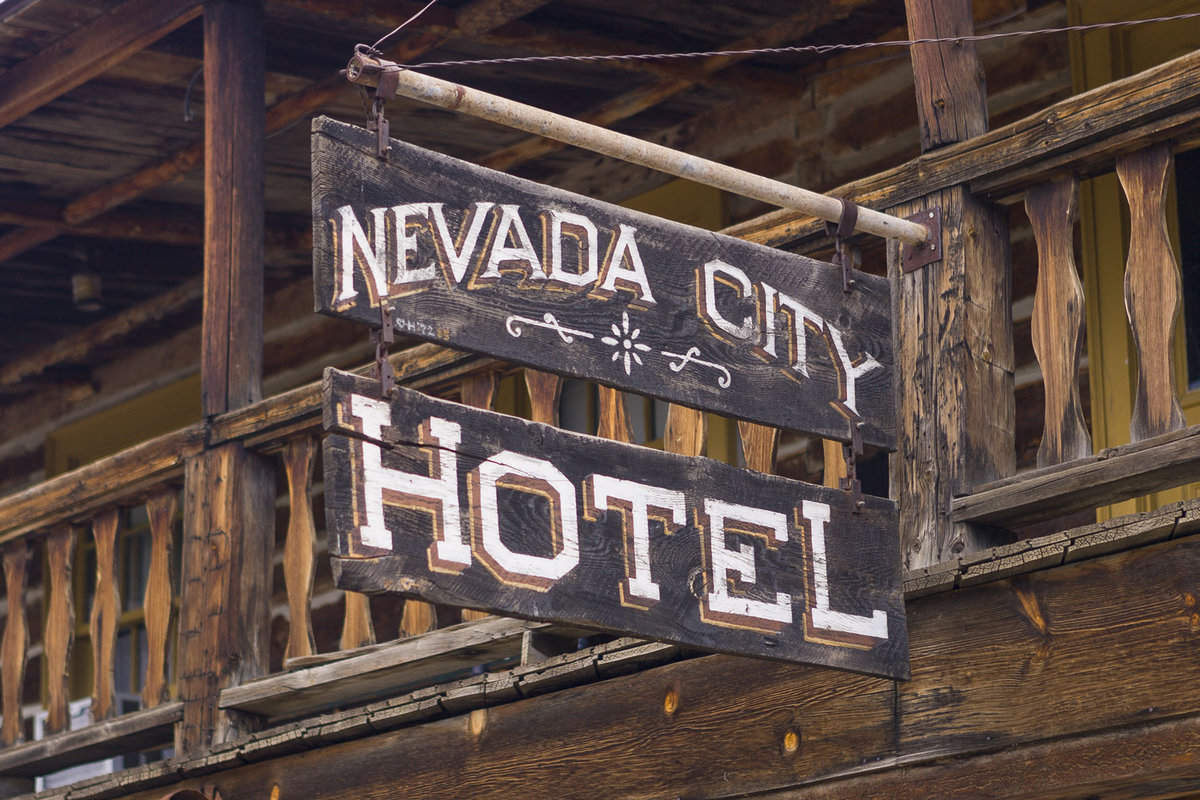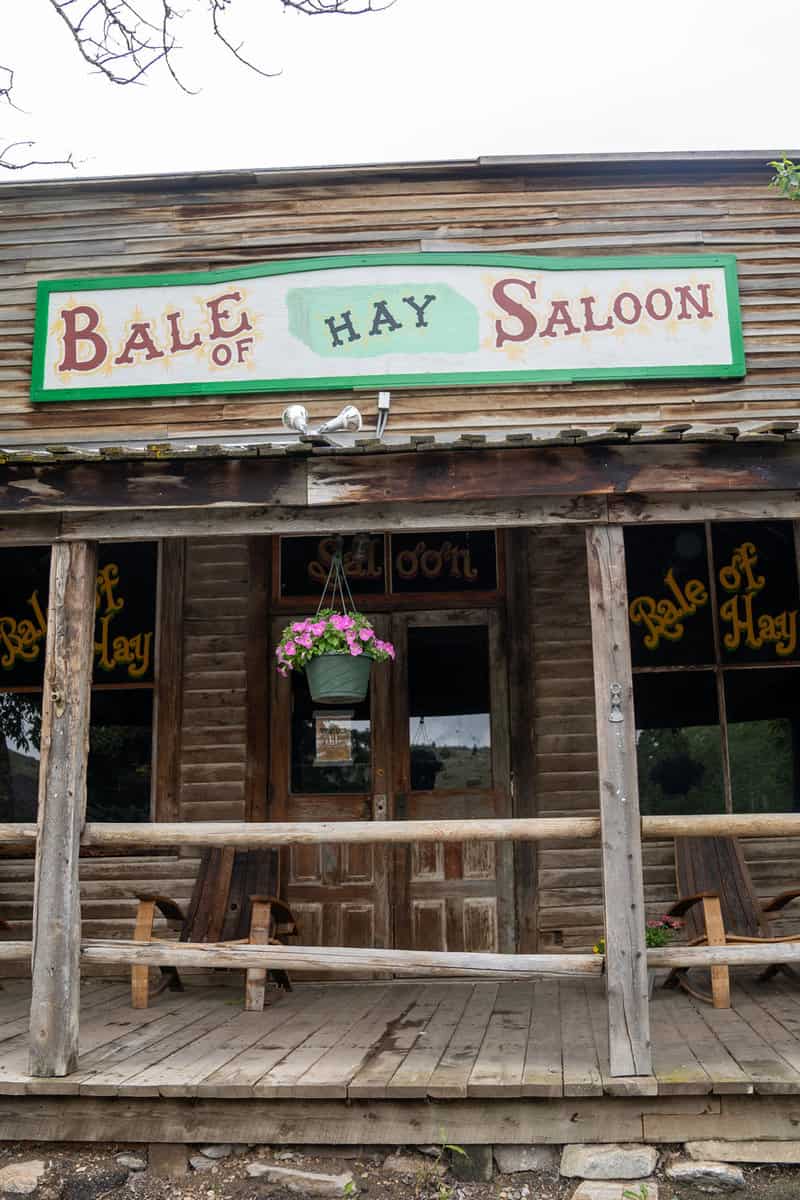Virginia City, Montana, lies just outside Yellowstone National Park as a tourist town frozen in the era of the Wild West.
Founded during the 1863 Montana gold rush, it rapidly grew into a boomtown second only to the capital. However, as accessible gold disappeared, so did the residents, who turned the town into a ghost town.

Now a National Historic Landmark, Virginia City's preserved 19th-century buildings let tourists return to frontier life. Activities like panning for gold and exploring historic sites bring its spirited past alive.
For travelers seeking Old West adventures near Yellowstone, Virginia City provides an immersive window into Montana's Gold Rush history.
Gold Rush Beginnings
Gold discovered in Montana's Alder Gulch in 1863 sparked a rush to the state. Thousands flooded in, hoping to strike it rich.

Virginia City sprang up amid the frenzy in 1863, rapidly transforming into a prosperous boomtown and one of the wealthiest in the West.
More than just a mining town, it embodied the pioneers' dreams of fortune.
The Town That Glittered
Virginia City wasn't merely about mining; it was a melting pot of dreams and desires. Miners, merchants, and mavericks filled its streets, their aspirations as tangible as the gold they sought.
Saloons echoed with laughter, theaters showcased grandeur, and a vibrant red-light district hinted at the town's wild side.
The sheer energy was palpable, all thanks to the vast wealth bubbling beneath.
Fading Fortunes
But not all that glitters is eternal. Once a symbol of boundless opportunity, Virginia City began to dim as Alder Gulch's gold reserves thinned.
The late 1870s saw a shift, with the gleaming strikes becoming rarer and the town's vibrancy fading.

Once loyal to Virginia City's allure, residents sought greener pastures, leaving behind a town in the twilight. The bustling streets grew quieter, marking the onset of an inevitable decline.
Preserving Virginia's Legacy
Charles and Sue Bovey were pivotal in conserving Virginia City, Montana's history.
Beginning in the 1940s, they rejuvenated numerous historic structures, reflecting their deep passion for Montana's heritage. Their achievements include:
- Restoring over 100 deteriorating buildings.
- Using historic photos and records to maintain building authenticity.
- Reviving vintage railroad equipment, enriching the town's transport legacy.
Thanks to the Boveys, Virginia City stands as a National Historic Landmark.
Living Legends and Timeless Tales
Today, Virginia City thrives as a tourist attraction, drawing visitors from around the world captivated by its rich history and ghostly charm.
The town's main street is a living museum, transporting visitors back in time with its well-preserved buildings and historic landmarks. The most notable ones are:
1. Nevada City Museum
Located in nearby Nevada City, this museum showcases a collection of well-preserved artifacts and exhibits related to the history of Virginia City and the surrounding area.

Visitors can explore various buildings, including a schoolhouse, a blacksmith shop, and a fire station, gaining insights into the daily lives of the town's inhabitants.
2. The Fairweather Inn
Built in 1864, the Fairweather Inn is a historic hotel that has been meticulously preserved.

Its elegant architecture and charming interior transport visitors back to the Victorian era, offering a glimpse into the luxurious accommodations of the past.
3. Nevada City Hotel
Situated in Nevada City, just a stone's throw away from Virginia City, the Nevada City Hotel is another well-preserved landmark.

Constructed in the late 19th century, it provides a unique lodging experience with its vintage decor and period furnishings.
4. Bale of Hay Saloon
Established in the 1860s, the Bale of Hay Saloon is one of Montana's oldest continuously operating saloons.

Step through its doors, and you'll find yourself immersed in the ambiance of the Wild West, complete with rustic decor and a lively atmosphere.
5. Piper's Opera House
The Piper's Opera House, built in 1885, is an iconic landmark hosting numerous theatrical performances, concerts, and community events.

Its grand architecture and historical significance make it a must-visit destination for those exploring the town.
6. Wells Fargo Building
The Wells Fargo Building, constructed in the 1860s, was a bustling bank during Virginia City's boomtown era. Today, the building is a prominent reminder of the town's commercial and financial history.
7. St. Mary's Catholic Church
This historic church, built in the 1860s, is a picturesque example of Gothic Revival architecture.

Its serene setting and beautiful stained glass windows make it a popular attraction for visitors interested in the town's religious heritage.
8. Virginia City Cemetery
Located on a hill overlooking the town, the Virginia City Cemetery is the final resting place of many early settlers, miners, and notable historical figures.

It offers a peaceful and reflective space for visitors to pay their respects and learn about the individuals who shaped the town's history.
While the town may have become a ghost town in terms of its permanent population, it continues to come alive with tourists who seek to immerse themselves in the spirit of the Wild West.
Stagecoach rides, live performances, and gold-panning experiences are just a few activities that enhance the immersive experience of exploring Virginia City.
A Timeless Journey in Virginia City
Virginia City allows visitors to step back into the Wild West era. With preserved 19th-century buildings and rich history, it offers an immersive window into frontier life and Montana's Gold Rush past.
From panning for gold to hearing tales of pioneers, Virginia City brings the Old West to life.
For those seeking an unforgettable glimpse of America’s pioneering spirit near Yellowstone, this National Historic Landmark ghost town merits a visit.
Continue your historical journey with these articles:
Florida’s Iconic Volkswagen Graveyard: Rolling Through History
Buried Riches of Florida: $2 Trillion In Lost Treasures
